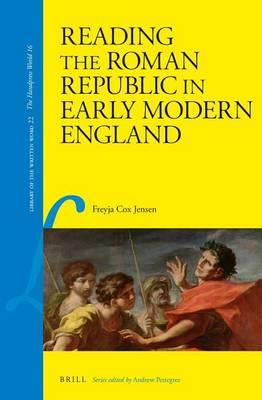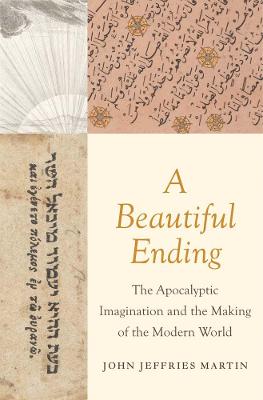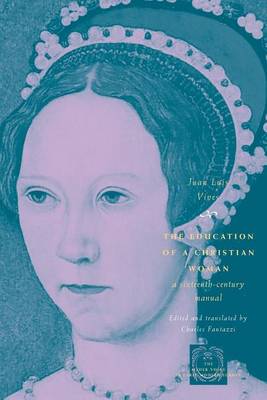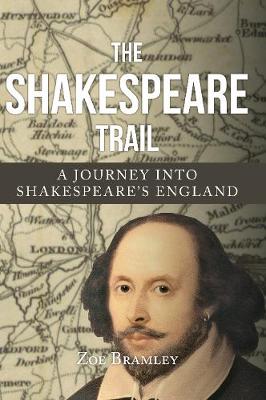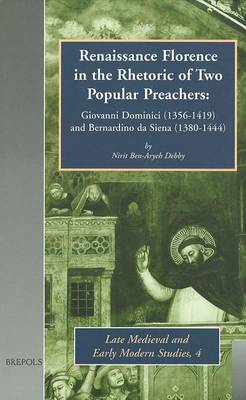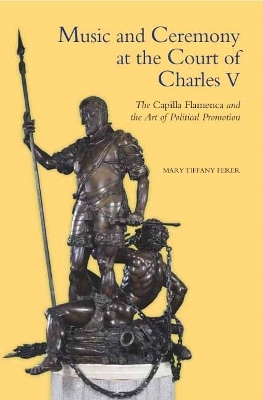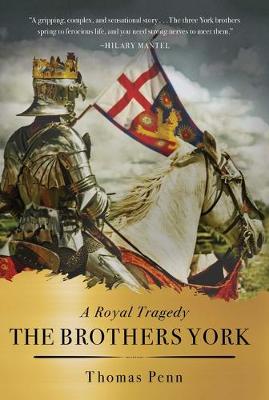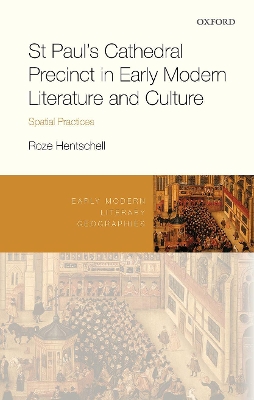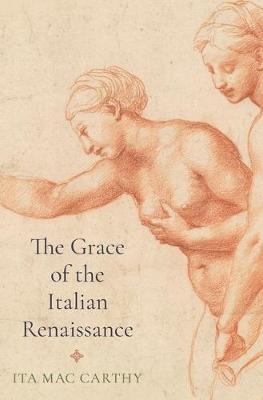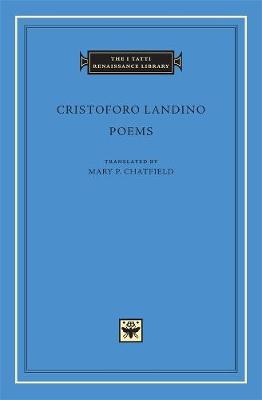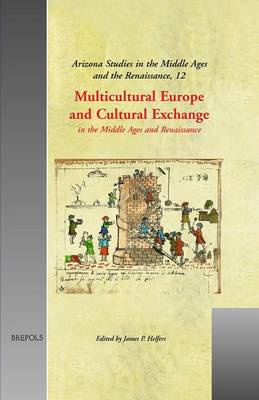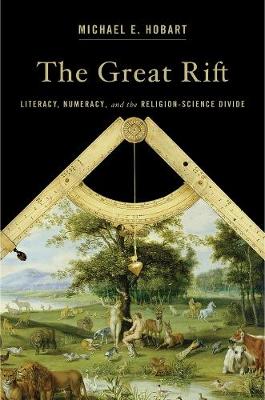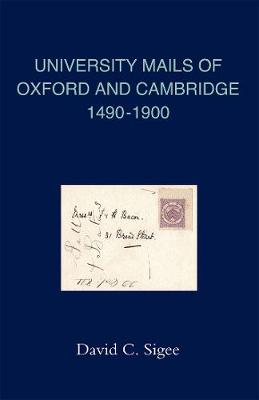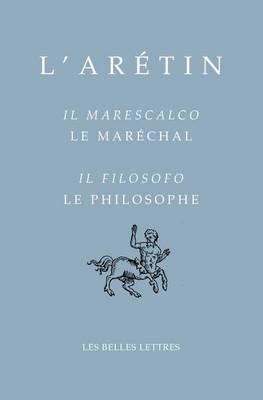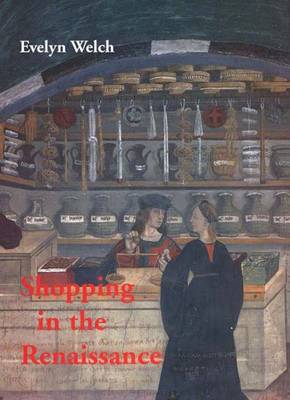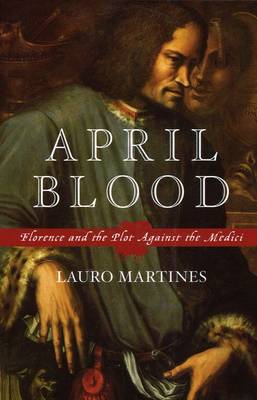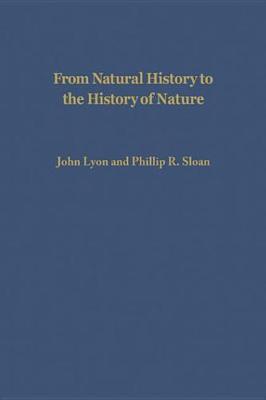Placing the reading of history in its cultural and educational context, and examining the processes by which ideas about ancient Rome circulated, this study provides the first assessment of the significance of Roman history, broadly conceived, in early modern England. The existing scholarship, preoccupied with republicanism in the decades before the Civil Wars, and focusing on the major drama of the period, has distorted our understanding of what ancient history really meant to early modern read...
An award-winning historian’s revisionary account of the early modern world, showing how apocalyptic ideas stimulated political, religious, and intellectual transformations “A masterful synthesis of the prognostications of faith, knowledge, and politics on a global stage. Martin’s book illuminates one of the enduring themes that shaped the medieval and early modern world.”—Paula E. Findlen, Stanford University In this revelatory immersion into the apocalyptic, messianic, and millenarian id...
Education of a Christian Woman (Other Voice in Early Modern Europe (CHUP)) (Other Voice in Early Modern Europe)
by Juan Luis Vives
"From meetings and conversation with men, love affairs arise. In the midst of pleasures, banquets, dances, laughter and self-indulgence, Venus and her son Cupid reign supreme...Poor young girl, if you emerge from these encounters a captive prey! How much better it would have been to remain at home or to have broken a leg of the body rather than of the mind!" So wrote the 16th-century Spanish humanist Juan Luis Vives in a famous work dedicated to Henry VIII's daughter, Princess Mary, but intended...
Learning Arabic in Renaissance Europe (1505-1624) (The History of Oriental Studies, #6)
by Robert Jones
From the first Arabic grammar printed at Granada in 1505 to the Arabic editions of the Dutch scholar Thomas Erpenius (d.1624), some audacious scholars - supported by powerful patrons and inspired by several of the greatest minds of the Renaissance - introduced, for the first time, the study of Arabic language and letters to centres of learning across Europe. These pioneers formed collections of Arabic manuscripts, met Arabic-speaking visitors, studied and adapted the Islamic grammatical traditio...
It has been 400 years since William Shakespeare, the man heralded as the greatest writer in the English language and England's national poet, died. Shakespeare has made a profound mark on our culture and heritage. Yet many aspects of his life remain in the shadows, and many places throughout England have forgotten their association with him. This fascinating book takes the reader from the place of his birth at Stratford-upon-Avon all the way to London, the beating heart of Early Modern theatre-...
Italia Illustrata (The I Tatti Renaissance Library, #20)
by Biondo Flavio
Cultures of Care (St Andrews Studies in Reformation History)
by Chris Langley
Cultures of Care: Domestic Welfare, Discipline and the Church of Scotland, c. 1600-1689 explores voluntary networks of charity and their interaction with the Reformed Church of Scotland. Whereas most previous histories have assessed the growth of institutional charity, this book contends that the Reformed Church of Scotland was heavily reliant on informal, domestic modes of self-help throughout the seventeenth century. The existence and widespread acceptance of informal care dramatically change...
The presentation of Charles V as universal monarch, defender of the faith, magnanimous peacemaker, and reborn Roman Emperor became the mission of artists, poets, and chroniclers, who shaped contemporary perceptions of him and engaged in his political promotion. Music was equally essential to the making of his image, as this book shows. It reconstructs musical life at his court, by examining the compositions which emanated from it, the ordinances prescribing its rituals and ceremonies, and his pr...
SELECTED AS A BOOK OF THE YEAR 2019 BY THE GUARDIAN, DAILY MAIL, SUNDAY TIMES, DAILY TELEGRAPH AND BBC HISTORY MAGAZINE 'A gripping, complex and sensational story, told with calm narrative command ... With insight and skill, Penn cuts through the thickets of history to find the heart of these heartless decades.' - Hilary Mantel'The Brothers York is savage, exciting, blisteringly good.' - Jessie Childs, author of God's Traitors'An epic orgy of colour and character.' - Leanda de Lisle, The Times...
Armed with the insights of the scientific revolution, the men of the Enlightenment set out to free mankind from its age-old cocoon of pessimism and superstition and establish a more reasonable world of experiment and progress. Yet by the 1760s, this optimism about man and society had almost evaporated. In the works of Rousseau, Kant and Goethe, there was discernible a new inner voice, and an awareness of individual uniqueness which had eluded their more self-confident predecessors. The stage was...
St Paul's Cathedral Precinct in Early Modern Literature and Culture (Early Modern Literary Geographies)
by Roze Hentschell
Prior to the 1666 fire of London, St Paul's Cathedral was an important central site for religious, commercial, and social life in London. The literature of the period - both fictional and historical - reveals a great interest in the space, and show it to be complex and contested, with multiple functions and uses beyond its status as a church. St Paul's Cathedral Precinct in Early Modern Literature and Culture: Spatial Practices animates the cathedral space by focusing on the every day functions...
How grace shaped the Renaissance in Italy"Grace" emerges as a keyword in the culture and society of sixteenth-century Italy. The Grace of the Italian Renaissance explores how it conveys and connects the most pressing ethical, social and aesthetic concerns of an age concerned with the reactivation of ancient ideas in a changing world. The book reassesses artists such as Francesco del Cossa, Raphael and Michelangelo and explores anew writers like Castiglione, Ariosto, Tullia d'Aragona and Vittoria...
Von Der Toskana in Den Orient: Ein Renaissance-Kaufmann Auf Reisen
by Meshullam Da Volterra
Cristoforo Landino (1424-1498), one of the great scholar-poets of the Renaissance, is best known today for his Platonizing commentaries on Dante and Vergil. His most substantial work of poetry was his Three Books on Xandra, written while still a young man. They consist primarily of love poetry in Latin directed to his lady-love Alessandra, but they also chronicle his life, friendships, literary studies, and the patronage of his work by Piero de' Medici. Inspired equally by the ancient Roman love...
In their search for truth, contemporary religious believers and modern scientific investigators hold many values in common. But in their approaches, they express two fundamentally different conceptions of how to understand and represent the world. Michael E. Hobart looks for the origin of this difference in the work of Renaissance thinkers who invented a revolutionary mathematical system-relational numeracy. By creating meaning through numbers and abstract symbols rather than words, relational n...
The University Mails of Oxford and Cambridge 1490 - 1900
by David C. Sigee
The Universities of Oxford and Cambridge enjoyed a degree of independence which is reflected in their private posts, open only to members and other privileged persons. Starting in 1490, the book plots the development of University carrier mails to London and other major cities - with letters transported on horseback, in wagons and by mail coach. Original contracts and letters, hidden away for centuries in University and College archives are illustrated for the first time, including Royal letters...
L'Aretin, Il Marescalco/Le Marechal-Il Filosofo/Le Philosophe (Bibliotheque Italienne, #34)
by Aretin-L
Shopping was as important in the Renaissance as it is today. This fascinating, timely and original book breaks new ground in the area of Renaissance material culture, focussing on the marketplace in its various aspects, ranging from middle-class to courtly consumption and from the provision of foodstuffs to the acquisition of antiquities and holy relics. It asks how men and women of different social classes went out into the streets, squares and shops to buy the goods they needed and wanted on a...
One of the world's leading historians of Renaissance Italy brings to life here the vibrant--and violent--society of fifteenth-century Florence. His disturbing narrative opens up an entire culture, revealing the dark side of Renaissance man and politician Lorenzo de' Medici.On a Sunday in April 1478, assassins attacked Lorenzo and his brother as they attended Mass in the cathedral of Florence. Lorenzo scrambled to safety as Giuliano bled to death on the cathedral floor. April Blood moves outward...

